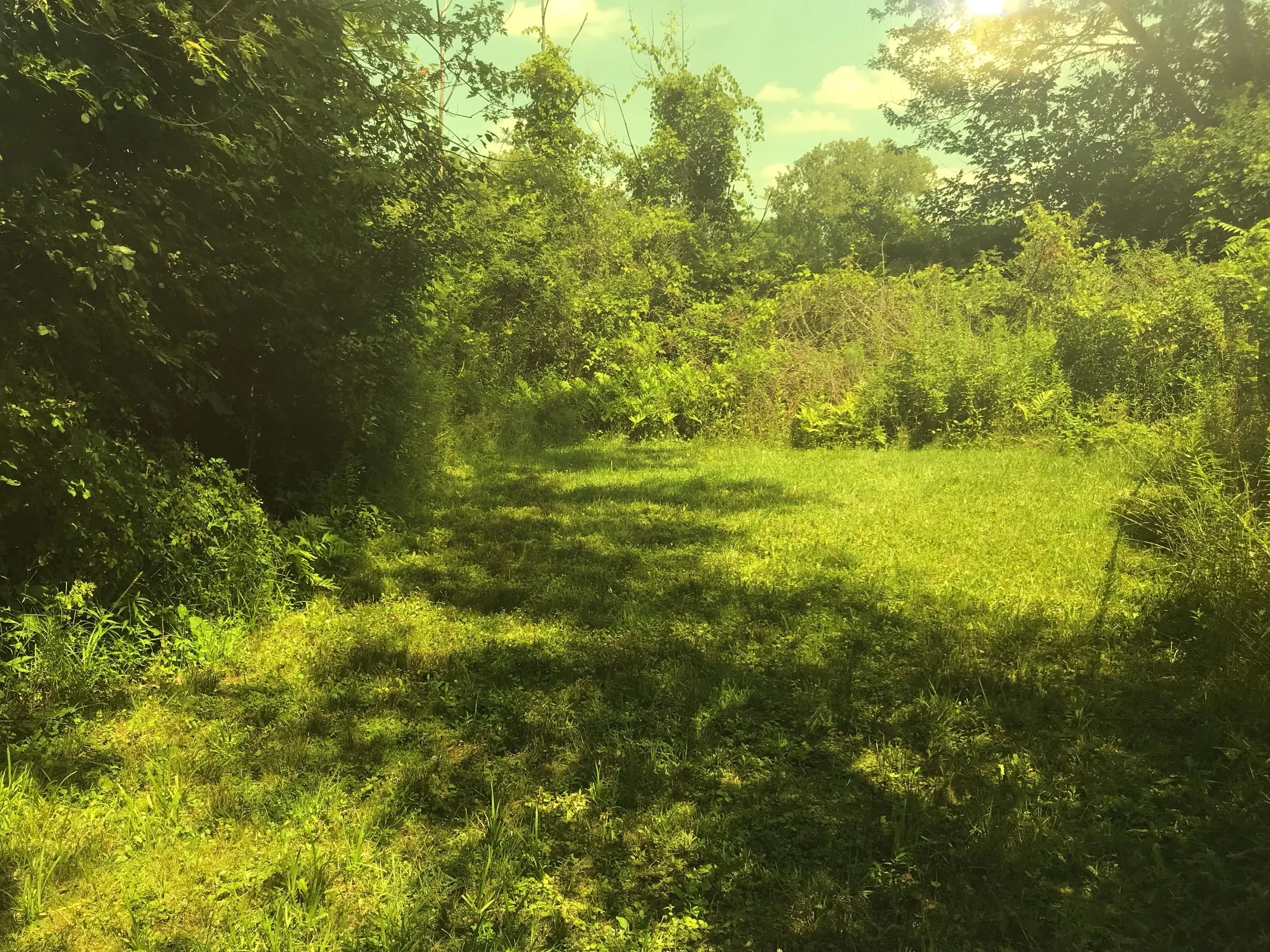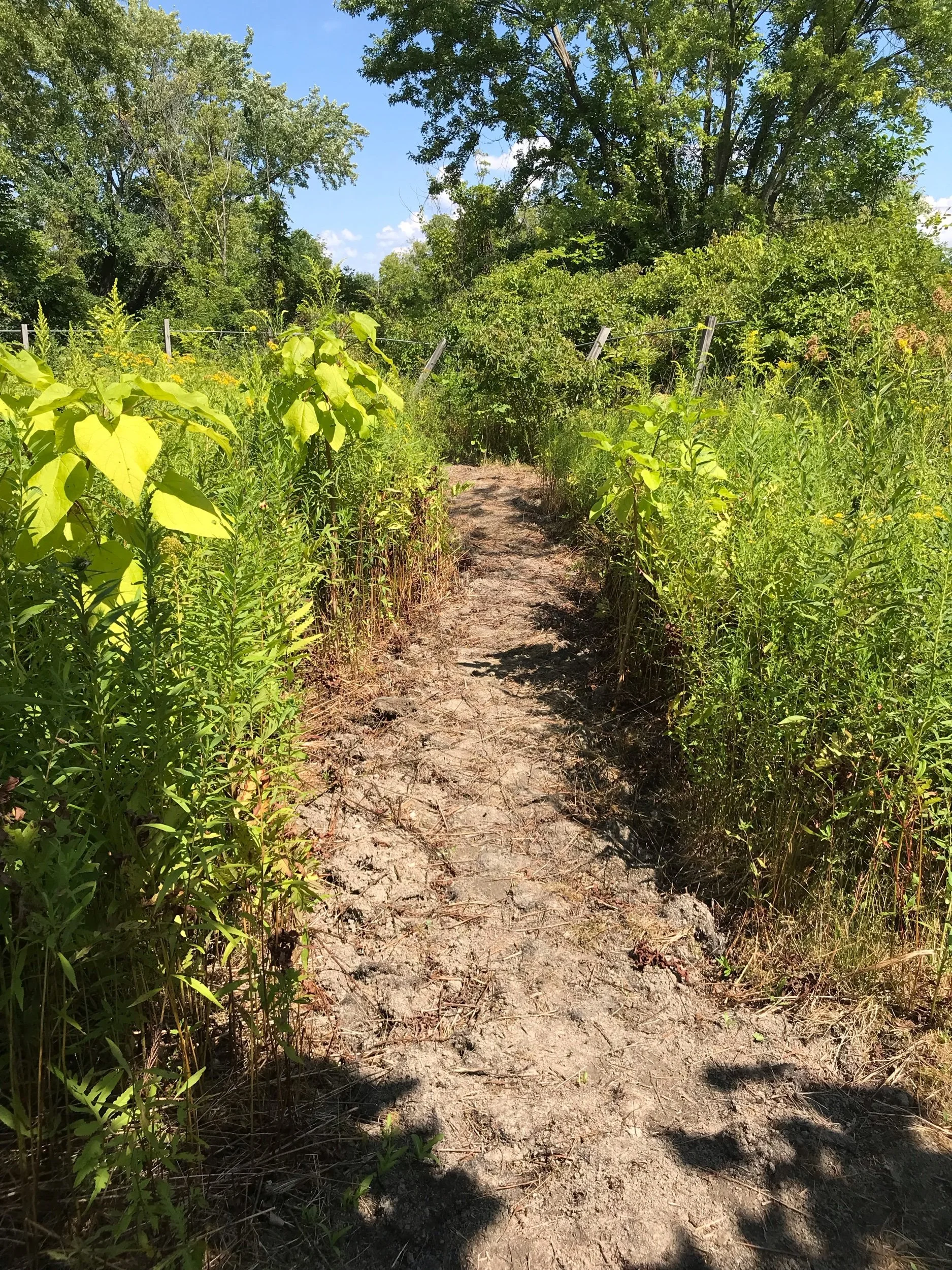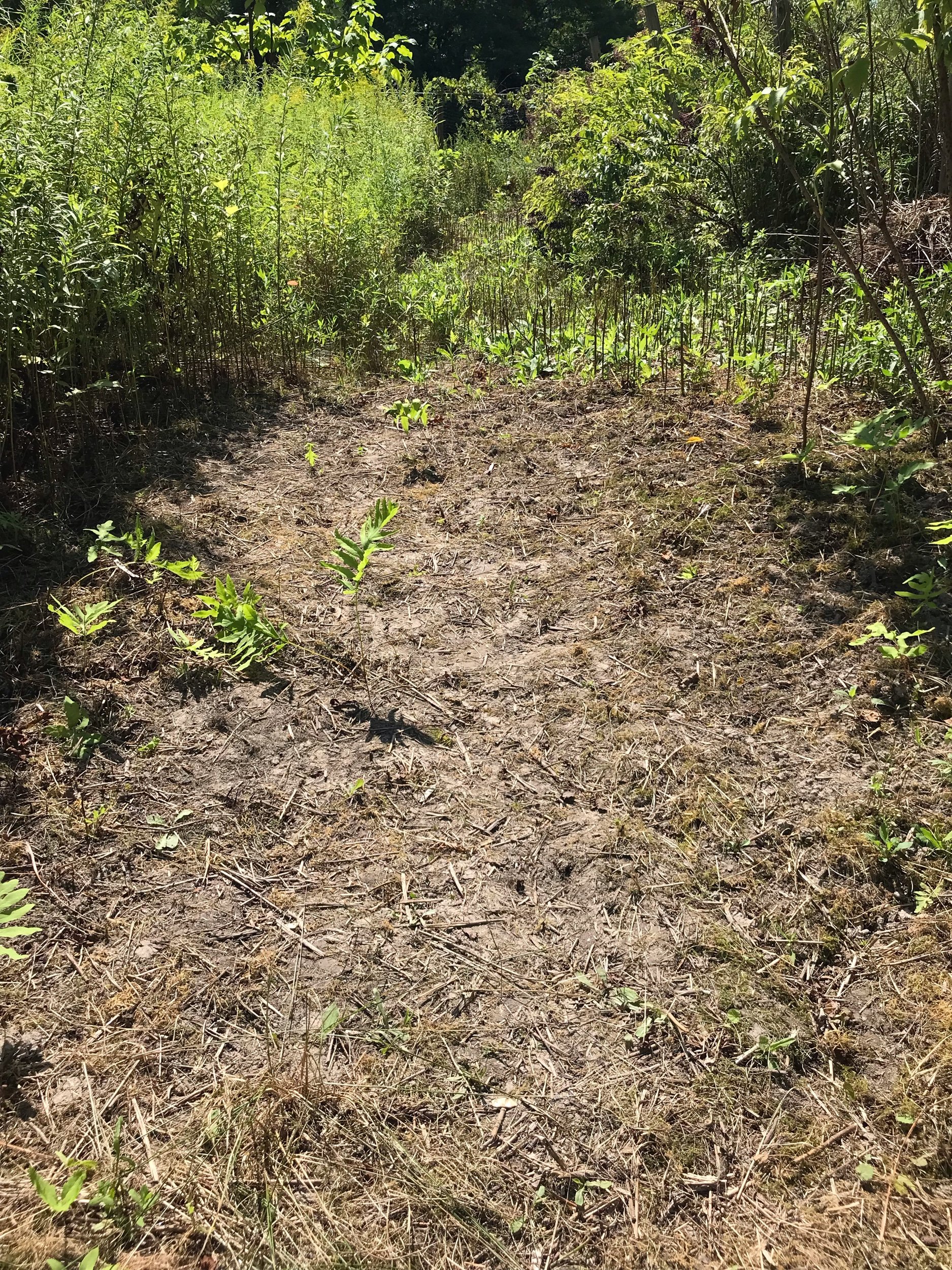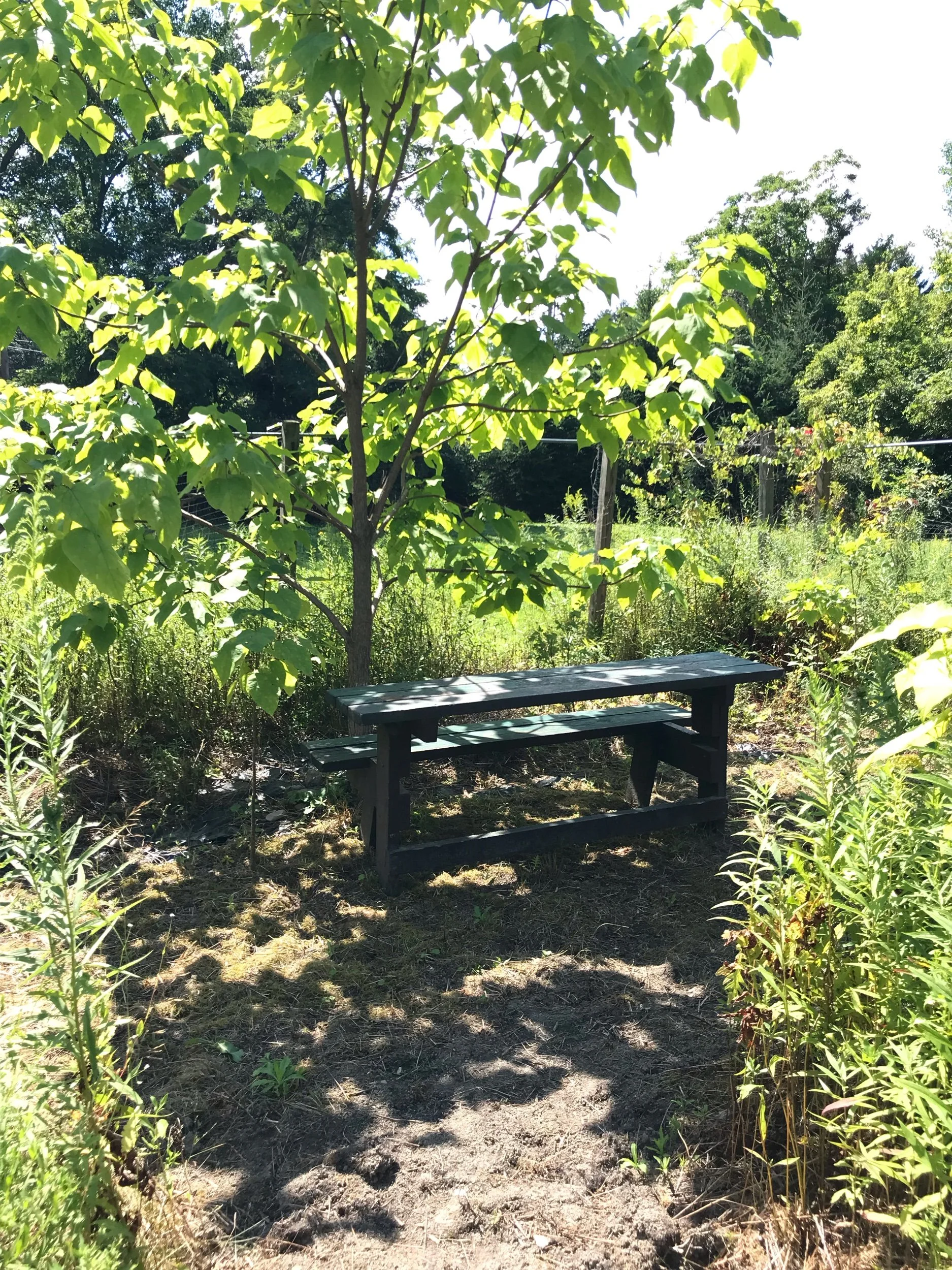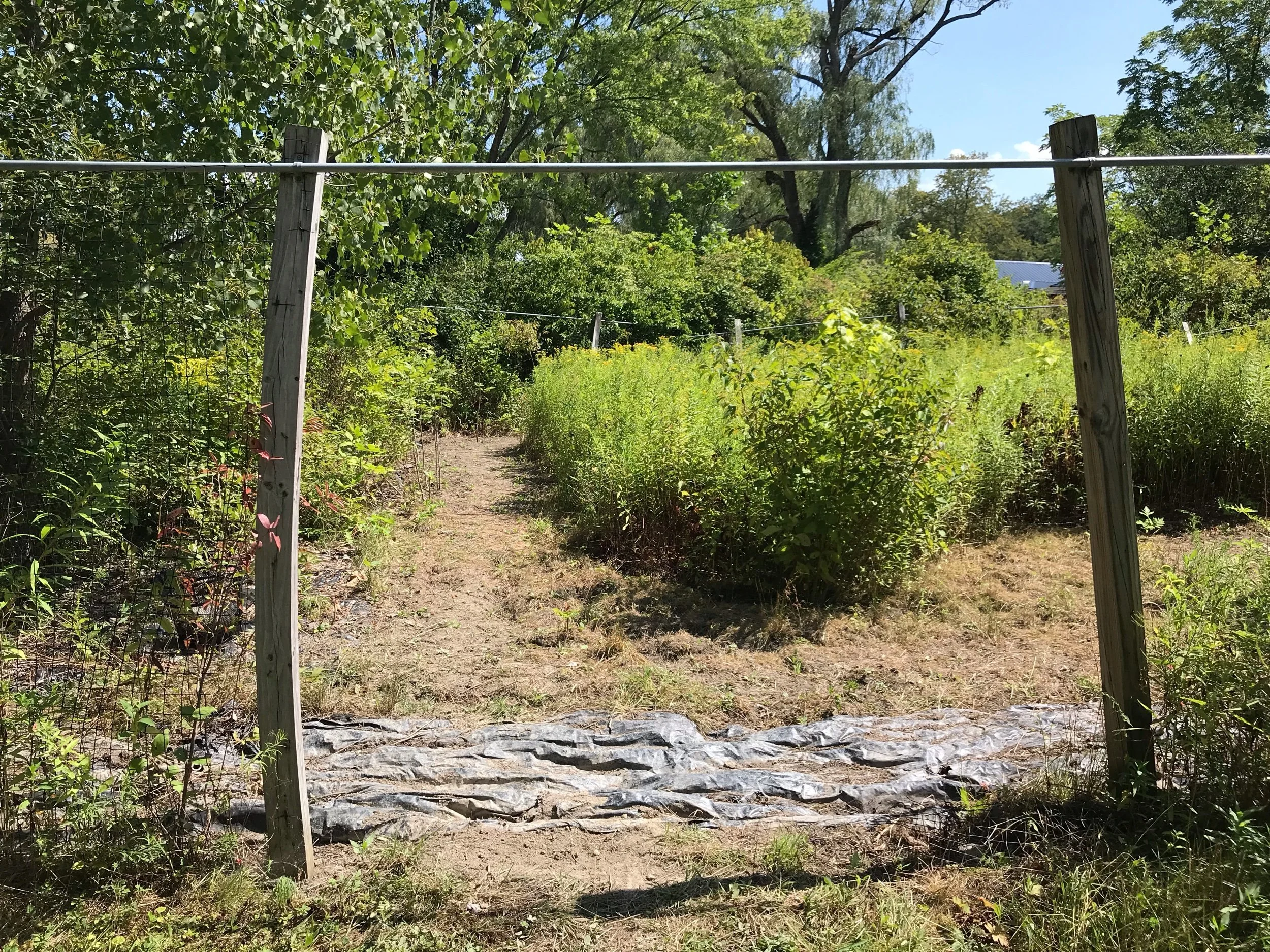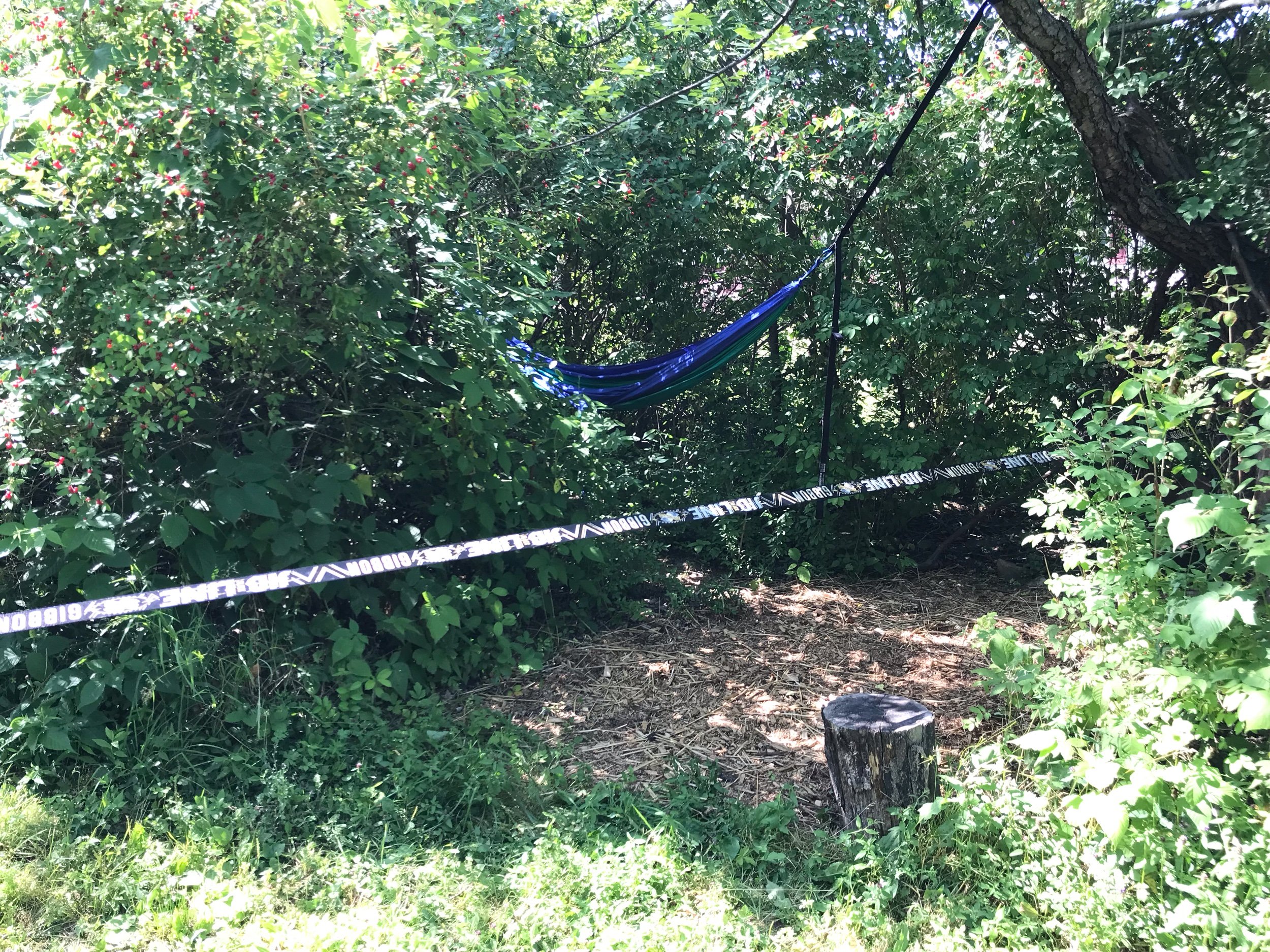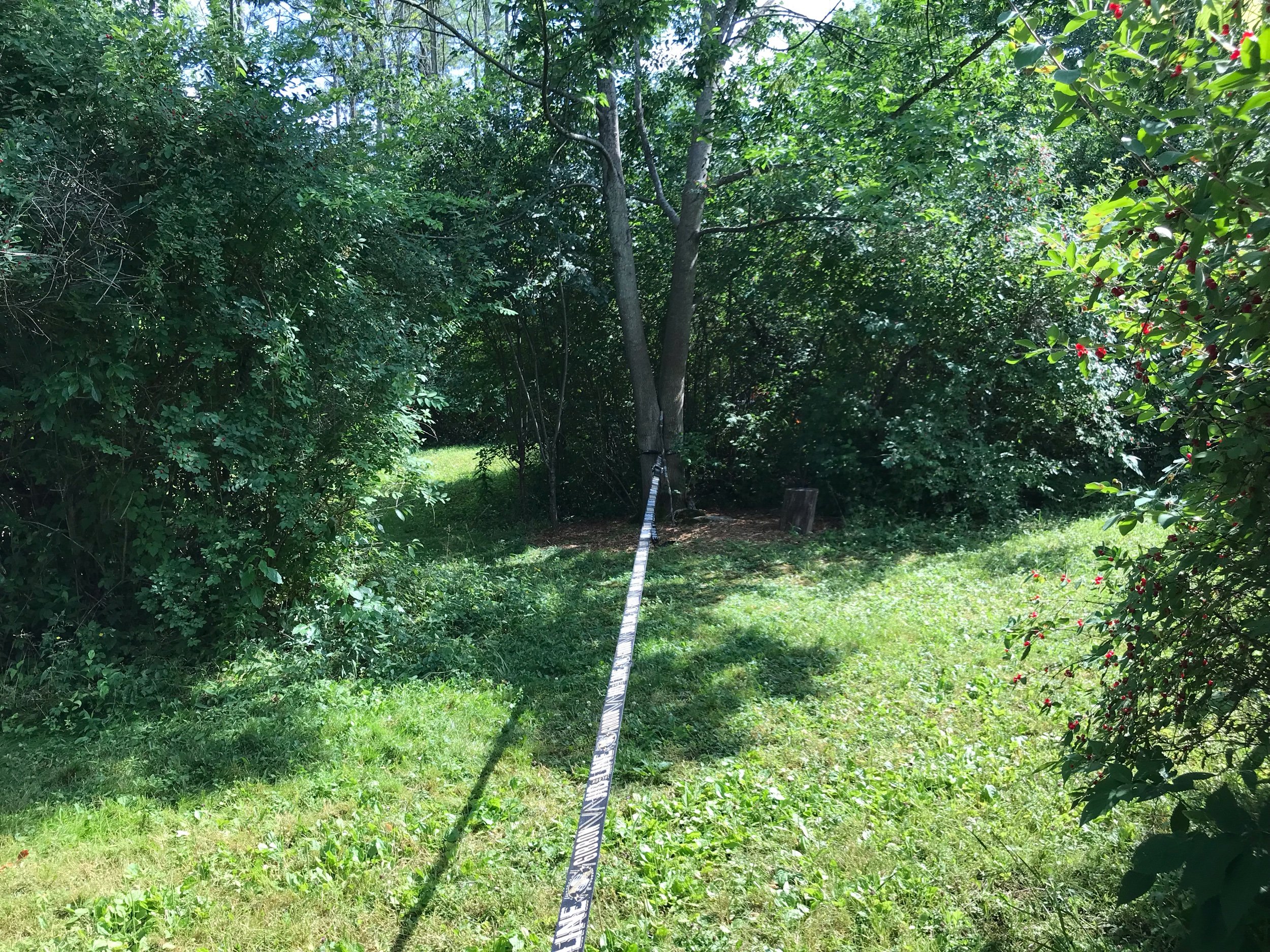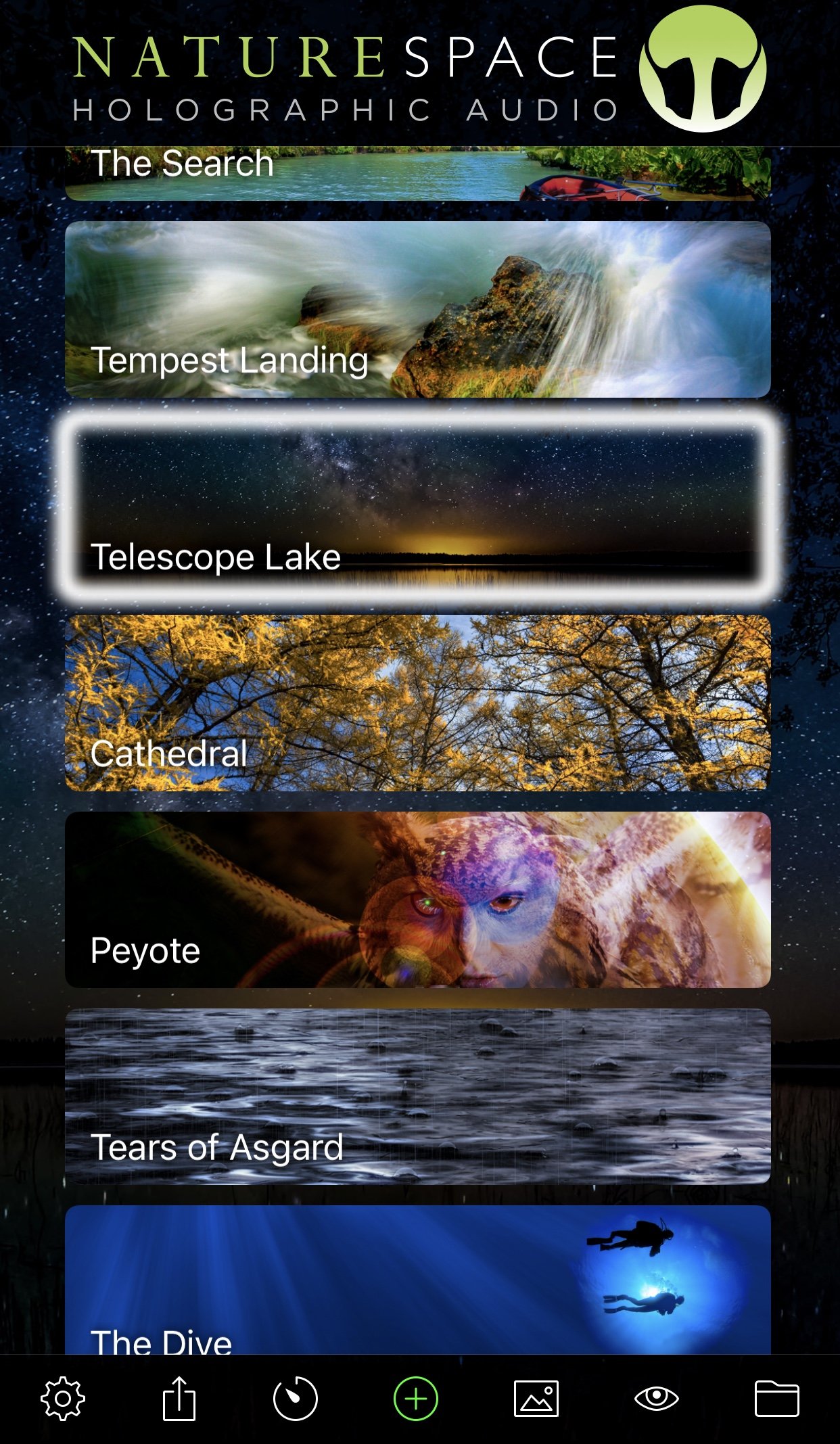My creative journey has been one of halts and jolts. It hasn’t always been easy, but I keep showing up. I can say with 100% certainty: it is always worth it to keep going when it comes to creativity.
The first time I had a creative routine is when I was a kid. I would play with Lego and blast music for hours on a boom box. I remember the sound of Lego bouncing across the floor as I ran my hands over the carpet. The feeling of the cool plastic — its textured surfaces like breakfast cereal for my hands. These were everyday occurrences for me. When I was young, I imagined worlds that I built myself, and that’s when I fell in love with design.
My journey into creative practice has been one of bringing myself to witness the discomfort of seeing what I can do. It’s only by doing things that I find out if I can do them. It can be scary, at times. Sometimes, what I’m proud of doesn’t resonate with others; yet, if I don’t see feedback as a problem, then I may try to refine what I’m seeing and show it in a different light. Sometimes, revisiting an idea leads to breakthrough.
By the way, the collective creative community has a voice. I call that voice the Human Resonance Project. Human resonance, in my view, could be a name for when we play together. There are multiple levels of creative practice, extending from the personal, to small groups, to the collective. Designing creative practices for multiple people is a passion of mine. For example, I recently worked with Entrepreneurship at Cornell and Weil Cornell to help design their most recent Human Performance Hackathon.
Contact the naturally curious person within yourself. What do they say? What does it mean if you can’t feel anything? Maybe you need some more quiet time, or maybe you just need a place to start. Sometimes, all you really need is a blot on the ‘page’. Your ‘page’ may look like running practice routines until something new happens, or it may look like a blob of water on fabric — but what could it become? There is something valuable in asking yourself questions like that; it’s a form of adaptation that we can practice.
Part of why I have been so mesmerized by flow (i.e., flow state; absorption) is because it describes the feeling I recall of playing with Lego, when I only saw possibility. When we play, every obstruction is seen as a new opportunity to adapt. I want more of that, for you and for me, too.
When we forget the ‘all systems go’ spaces of play, we can also forget how to move forward in other areas of our lives. We can become psychologically rigid when we stop creating. Yet, play can be a place where the restrictions of reality are suspended. We nurture our well-being in these spaces. We can design for these experiences by considering the psychological, social, and physical elements of our practice. Repeated exploration naturally leads to new habits — that’s how we learn and grow — but what if we develop bad creative habits? That’s where community helps to remind us of which voices to follow; in my view, that can be the Human Resonance Project.
I want to help others grow in their creativity throughout their lives. To do this, I will share what helps me to feel rejuvenated in creative spaces. I will continue my own creative practice and I hope that you will join me in further developing your own.
JDF
















